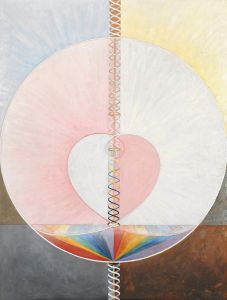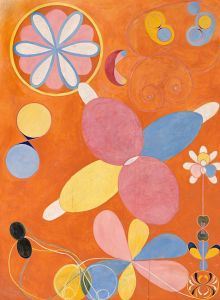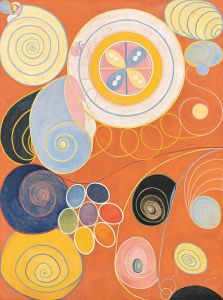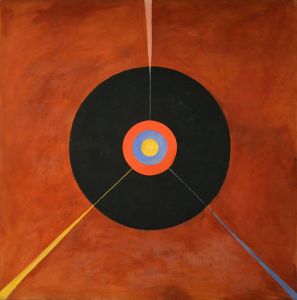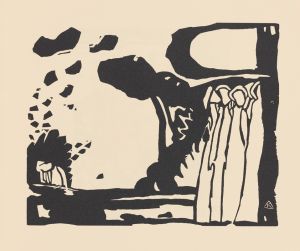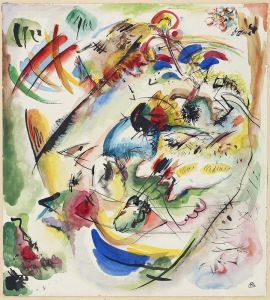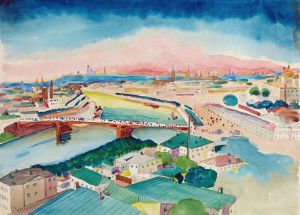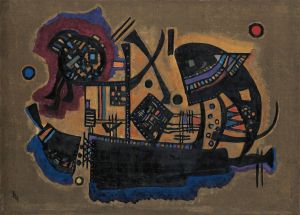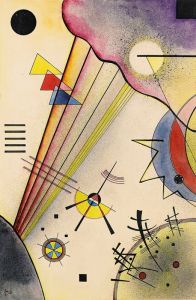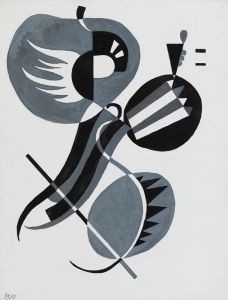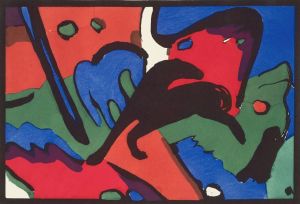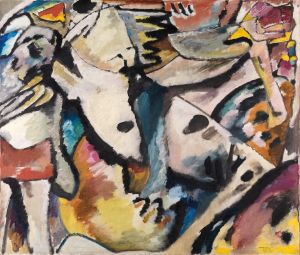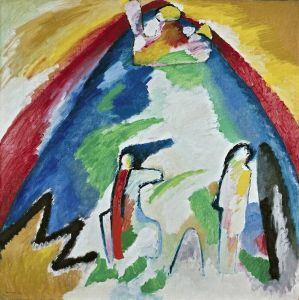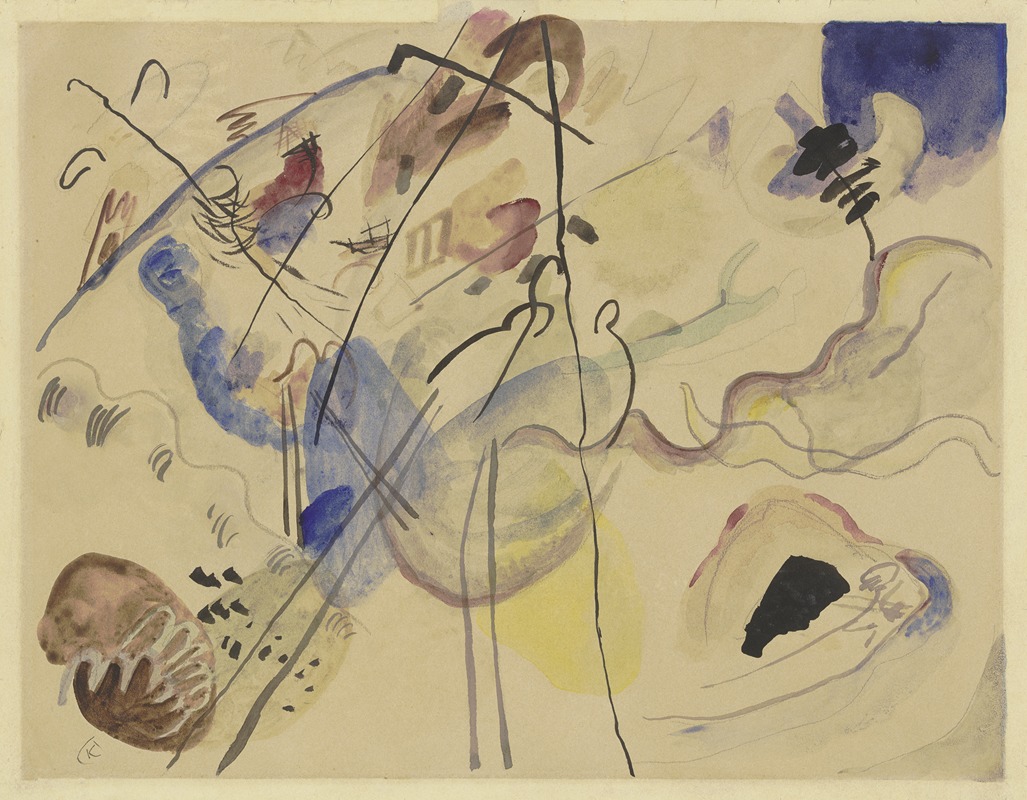
Untitled
A hand-painted replica of Wassily Kandinsky’s masterpiece Untitled, meticulously crafted by professional artists to capture the true essence of the original. Each piece is created with museum-quality canvas and rare mineral pigments, carefully painted by experienced artists with delicate brushstrokes and rich, layered colors to perfectly recreate the texture of the original artwork. Unlike machine-printed reproductions, this hand-painted version brings the painting to life, infused with the artist’s emotions and skill in every stroke. Whether for personal collection or home decoration, it instantly elevates the artistic atmosphere of any space.
Wassily Kandinsky, a pioneering figure in abstract art, created numerous works throughout his career that have left a significant impact on the art world. However, without specific details about a painting titled "Untitled" by Kandinsky, it is challenging to provide a detailed description or analysis of the work. Kandinsky's oeuvre is extensive, and many of his paintings, especially those without specific titles, are not individually documented in public records or major art collections.
Kandinsky was born on December 16, 1866, in Moscow, Russia, and he is often credited with painting one of the first purely abstract works. His journey into abstraction was influenced by his synesthetic experiences, where he could perceive colors as sounds and vice versa. This unique perception played a crucial role in his artistic development, leading him to explore the emotional and spiritual effects of color and form.
Throughout his career, Kandinsky was associated with several art movements and groups, including Der Blaue Reiter (The Blue Rider), which he co-founded with Franz Marc in 1911. This group was pivotal in the development of abstract art in the early 20th century. Kandinsky's work during this period was characterized by bold colors, dynamic compositions, and a departure from representational forms.
Kandinsky's artistic philosophy was deeply rooted in his belief that art should transcend mere representation and evoke deeper emotional and spiritual responses. He articulated these ideas in his seminal book, "Concerning the Spiritual in Art," published in 1911. In this work, Kandinsky outlined his theories on color, form, and the spiritual nature of art, which have influenced countless artists and movements.
His paintings often feature a complex interplay of geometric shapes, lines, and vibrant colors. Kandinsky believed that these elements could convey emotions and ideas in a way that was independent of the material world. His abstract compositions are known for their rhythmic structures and the use of color to create a sense of movement and harmony.
Kandinsky's later works, particularly those created during his time at the Bauhaus school in Germany, where he taught from 1922 to 1933, reflect a more geometric and analytical approach to abstraction. During this period, his work became more structured, with a focus on the relationship between color and form.
Despite the lack of specific information about a painting titled "Untitled" by Kandinsky, it is likely that such a work would embody the principles and techniques that define his broader body of work. Kandinsky's legacy as a pioneer of abstract art is well-established, and his influence can be seen in the development of modern art throughout the 20th century and beyond.
In summary, while there is no detailed information available about a specific painting titled "Untitled" by Wassily Kandinsky, his contributions to abstract art and his exploration of the spiritual and emotional dimensions of art remain significant. His work continues to inspire and challenge artists and art enthusiasts around the world.





